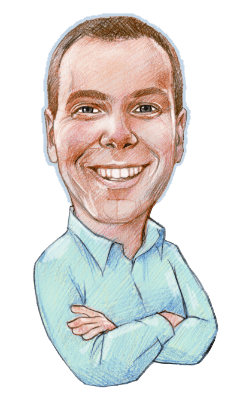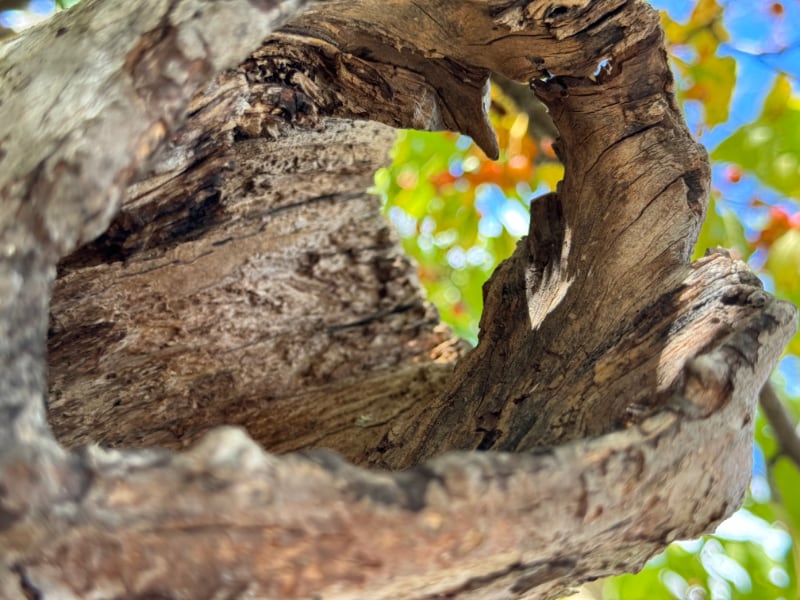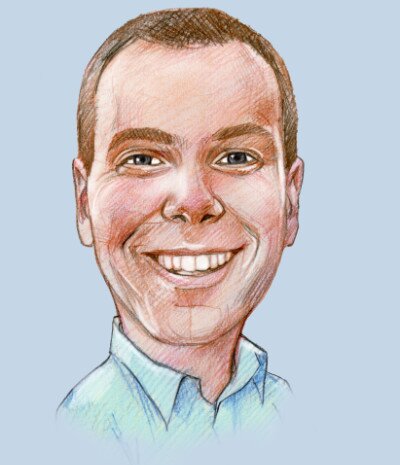
Viewers paying close attention to Apple’s first prime-time product announcement event on Monday were treated to the most impressive product highlight: one that wasn’t even spoken. The whole event was filmed on iPhone.
To understand the history of Apple events is to understand the significance of what Apple did Monday evening. The technology giant has built a decades-long tradition of theatrical product events. From unmatched Steve Jobs’ showmanship to the pandemic-era embrace of flourishes only possible in a streaming-focused presentation, these are not average, dull corporate-speak PR events.
The pandemic allowed Apple to push the production quality up dramatically as the focus was no longer on the press sitting in seats at the Steve Jobs Theater in Cupertino, but the millions of us around the world watching online. Special effects moving about the company’s spaceship-style campus and amusing ways presenters moved between scenes served to make watching genuine fun.
The last few did start feeling tired. The June WWDC keynote spent entirely too much time hyping the Vision Pro VR headset. The September iPhone event followed suit, this time focusing too much on how “green” Apple is, instead of making the new phones exciting. These were exercises in tedium.
Monday’s “Scary Fast” Mac event was a return to the form of the early COVID era, a 30-minute tour-de-force that presented Apple’s gains in processing speed at, well, high speed. The Halloween theme was pervasive throughout with witty remarks, well-placed spooky sounds and camera and practical effect angles aimed to evoke the mood of the holiday. More than a return to Apple’s mastery of the livestream product announcement form, it may have been the peak of that.

The cinematography was well done, full stop. Even if you hate Apple, you should watch the event for the spectacle of it.
This brings us to the iPhone’s starring role in an event about the Macintosh. Apple has employed Hollywood professionals and used Hollywood-grade equipment over the past few years to create those events that featured production values every bit as good as the latest Netflix or Disney+ feature. They still did this time, but, at the end of the event, brought up a caption that declared the entirety of the filming had been with the iPhone 15 Pro Max.
As a longtime shutterbug who, as a small church pastor in the COVID era, found himself carrying his photography skills into live video production, I get the complications of producing visually appealing video. The task sounds easier than it is.
There’s a reason why high-end camera equipment comes with astronomical price tags. The lenses, range of light-and-dark contrast (dynamic range) that can be captured and the sensitivity to light in less than ideal environments — these things take video from acceptable to professional.
Apple’s trick, to hit its top-tier production values stride, spend the entire event talking about Macs and then, without even a word uttered audibly, reveal, “Oh, yeah, the whole thing was filmed with cell phones” was a mic drop par excellence.
Some took issue with Apple’s high-end equipment surrounding the phones. The company used expensive studio lighting. They used gimbals and drones and dollies and other tools of the trade to stabilize and align the camera angles the way they wanted.
Duh.
You’re not going to replace lighting with a phone. You need the camera, phone or not, to be positioned where you want it to be, so dollies and gimbles remain until iPhones levitate. But, we can’t lose sight: Apple took tens of thousands of dollars of camera equipment — the kind they used previously that can cost the price of a car — and replaced it with the thousand-dollar phone many of us stick in our pockets each day.
(The other parts are necessary, but many cheaper tools can fill their roles. Better iPhones mean more demand for affordable kit. But, the centerpiece has been and will remain the camera. A tremendous light setup paired with a lousy camera will produce tremendously lighted lousy video.)

We’ve seen the rapid improvement of cell phone photography since the original iPhone. Google has the lead on using machine learning to create photos that never existed (combining bits of different photos to create fictionalized better ones or eliminating things that are deemed undesirable from a photo). Apple’s shtick has been using that same machine learning not to create an illusion but to better capture what we see. Fruit from that effort is evidenced in the iPhone’s video capabilities.
The iPhone 15 Pro took further steps in capture quality while adding key features that made its footage far more usable professionally. Log video, for color grading; USB 3.2 transfer speeds with direct output to external drive storage, making gargantuan masters manageable; partnerships with professional video companies like Blackmagic Design to create new software to bring it together. Each piece is a stepping stone to “Scary Fast.”
Put them together and it shows Apple’s clear lead. No other cell phone produces Log video. Nothing else in the price range is nearing the rarified studio camera realm that the iPhone now can enter, fool us for a half hour by masquerading as, and then drop the mask to become the surprise star.
In a way, Monday’s event was the perfect do-over to reintroduce the iPhone 15 Pro after bungling its unveiling a month and a half before. That’s an impressive event.
Oh yeah, they also unveiled computers that, you know, can perform key tasks at up to 80% faster than their impressive predecessors. Almost forgot to mention that.
Full Disclosure: Tim does own some Apple stock (AAPL).

Timothy R. Butler is Editor-in-Chief of Open for Business. He also serves as a pastor at Little Hills Church and FaithTree Christian Fellowship.
You need to be logged in if you wish to comment on this article. Sign in or sign up here.
Start the Conversation